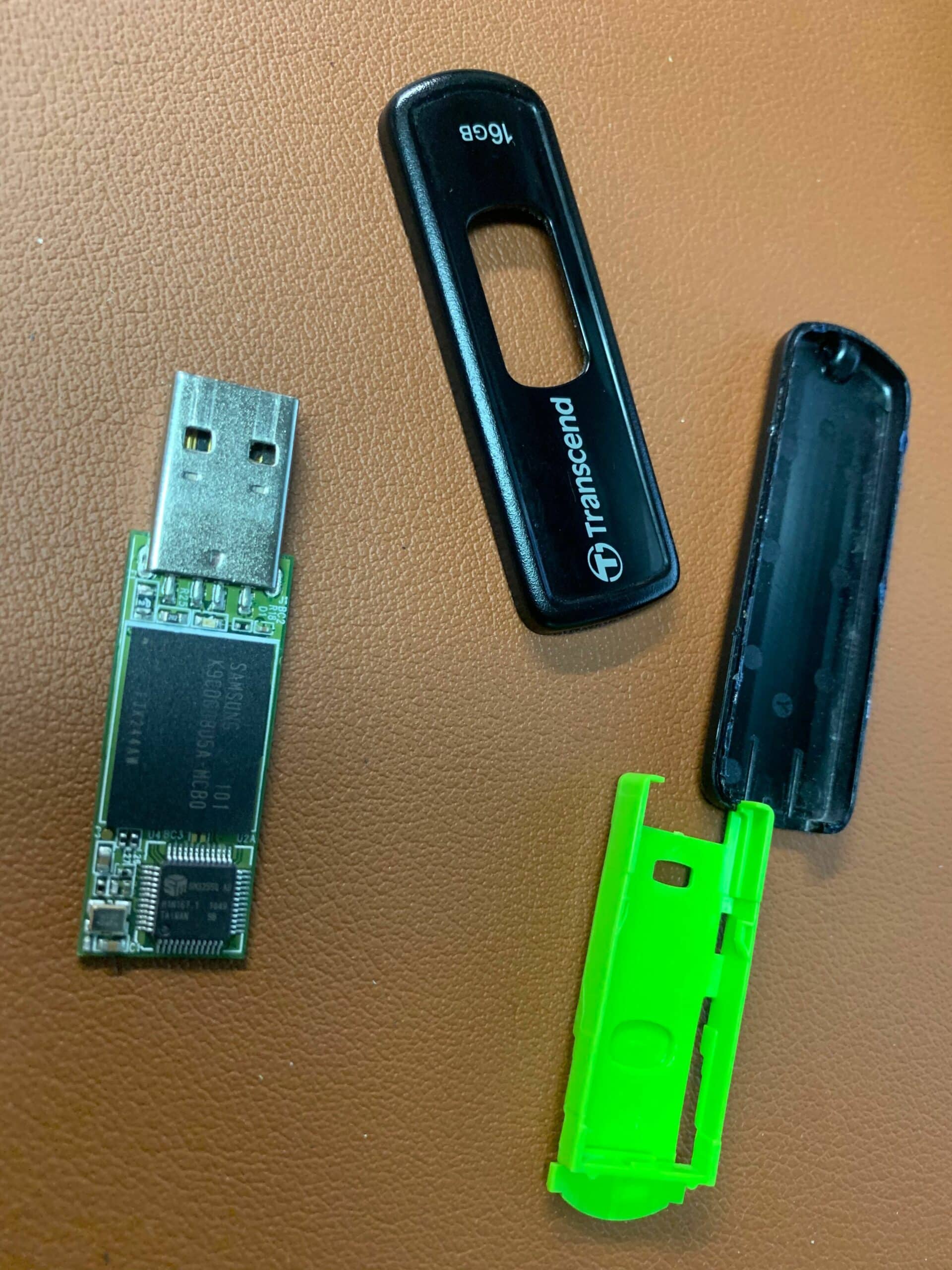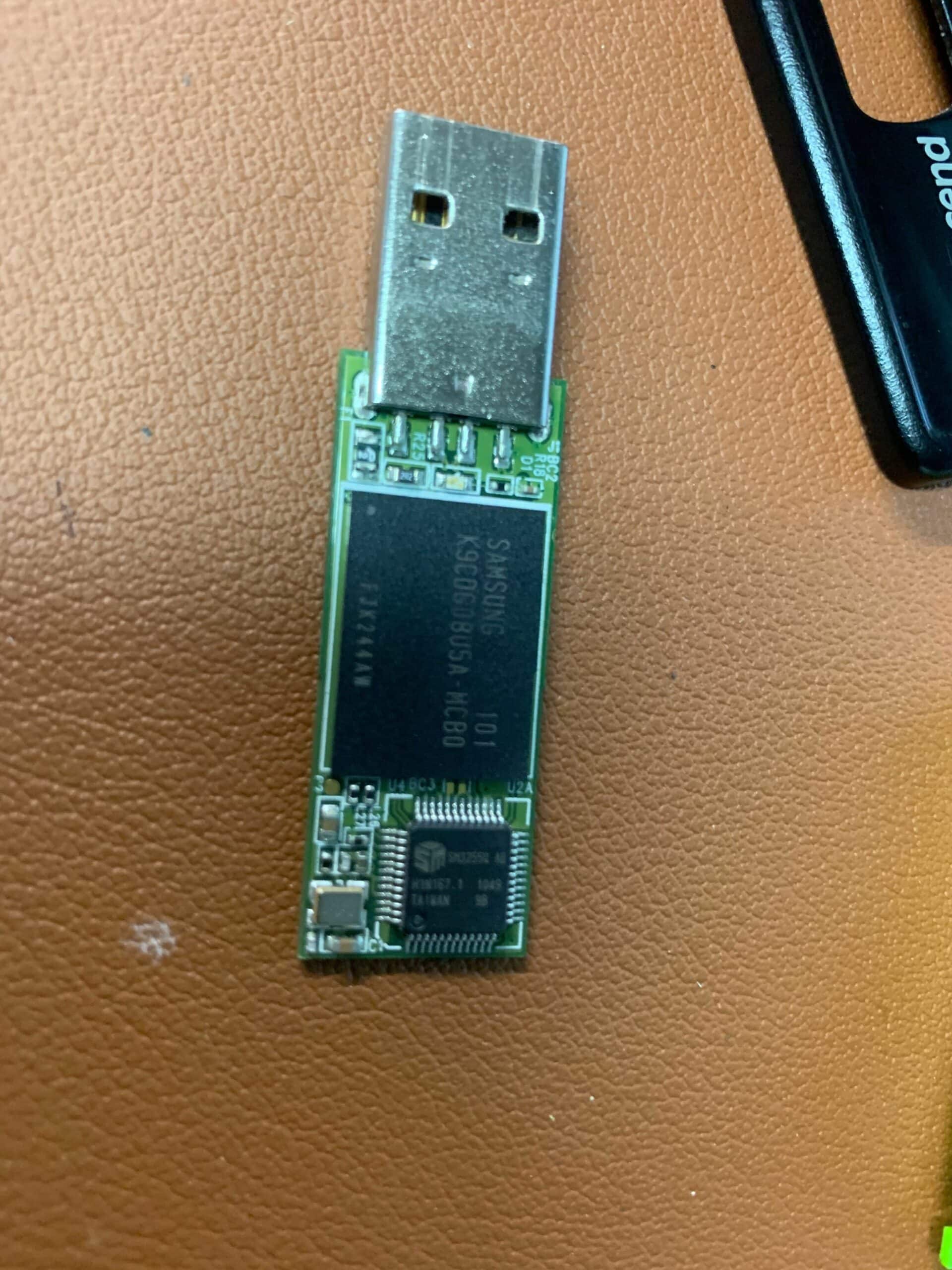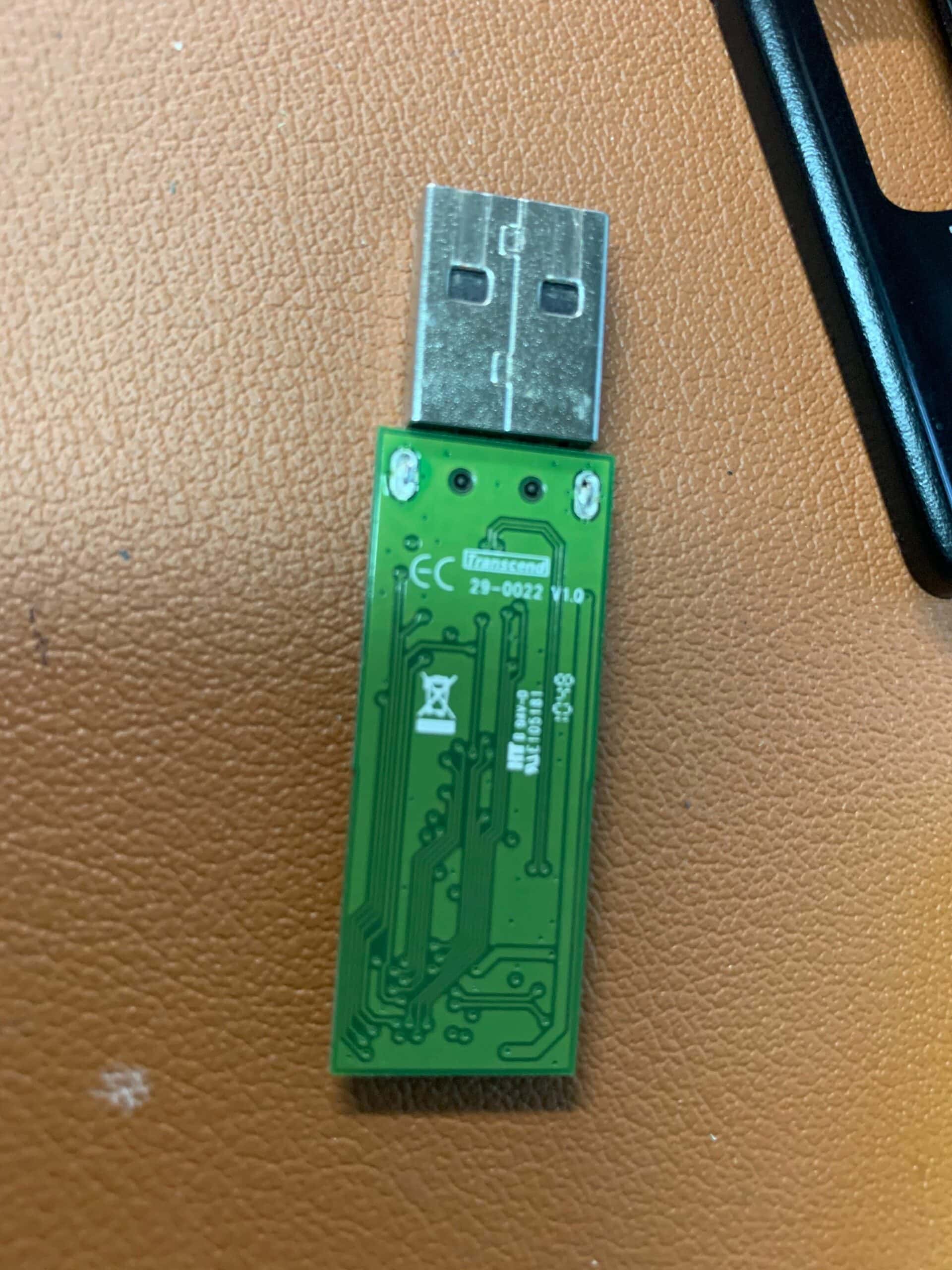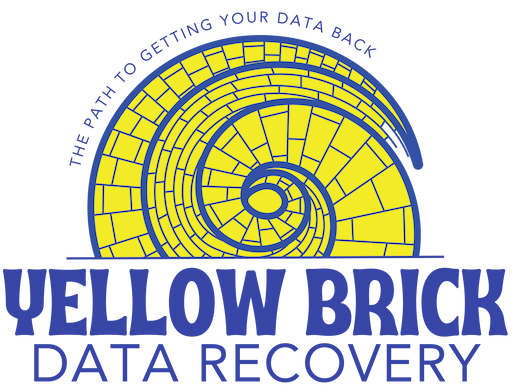I received a call from a client in Little River, Kansas who needed a flash drive data recovery. He informed me his Transcend 16GB USB Flash Drive wouldn’t show up on his computer when he plugged it in, or if it did show up, it would disconnect almost immediately. Nothing seemed to lead up to this behavior (like the classic going through the wash in your pocket), it just stopped responding out of the blue.
This unresponsive behavior was keeping him from being able to access any of the important files he had stored on the drive. I told him about the affordable flash drive recovery service we offer, and he made the decision to drop it off for data recovery.
Flash Drive Data Recovery
Flash drives are becoming so inexpensive that they are everywhere. For about $10 you can get a 32GB or even larger USB drive for a convenient way of transporting files. Do keep in mind though that flash drives do fail. Always have a backup of the data you are storing on these drives, and it is not recommended to work off the drive regularly. Treat them as a way to carry files between computers, rather than an archive of the files you need.
When a USB flash drive does fail, I can help you get the data back! I have recovered countless flash drives during my time as a recovery technician, so I have the knowledge and tools needed to safely get your important data back.
Diagnosing the Unresponsive Flash Drive
After receiving the USB flash drive recovery, I completed a visual inspection and everything looked good physically. There was debris in the USB port itself, which is common for these pocketable drives. I completed a cleaning with alcohol on the port to make sure all the contacts were clean. I then reflowed the USB connector onto the board with fresh solder to ensure there wasn’t an issue with the connection points on the PCB (another common issue with these drives).



Imaging the USB drive
Once the cleaning and soldering touchups were done, I connected the USB drive up to the recovery rig and started the imaging process. I imaged the drive backwards, in case there was a problem with the data at the front of the drive’s data chips. The first part of the data chips classically stores the information the computer needs in order to mount the volume. By imaging backward, I increased the likelihood of getting back as much as possible before the drive disconnected again.
The imaging process went very smoothly, and I was able to get 100% of the sectors from the drive. I went ahead and disabled the MBR on the drive image so the computer would not try to mount the volume. This way if there was a problem with the data on the drive that was keeping it from mounting, it wouldn’t cause problems with the recovery software.
With the MBR disabled I was able to scan for files and recover the most important data on the drive! The client was very happy to have his important data recovered from what he thought was an unrecoverable USB flash drive.
Do you need flash drive recovery?
If you have a USB flash drive or another device you need data recovered off of, please feel free to fill out this form to get a free data recovery quote. I would be happy to help you get the data you need.
USB Flash Drive Data Recovery Info: Transcend 16GB Thumb Drive, Samsung data chips
